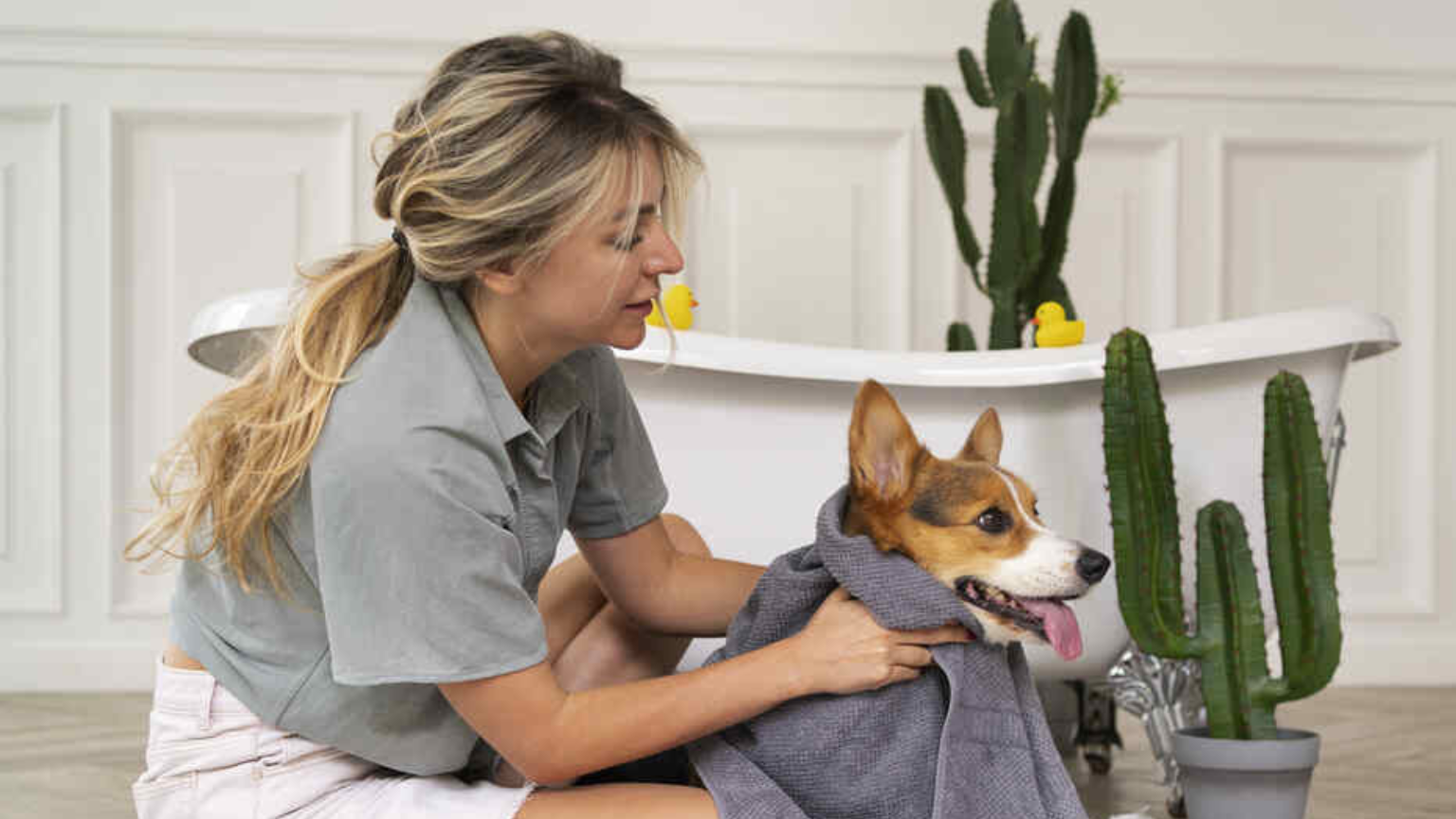Both professionals and dog owners must know how to safely restrain a dog. It guarantees the dog’s protection and the safety of people around them in various scenarios, including emergencies, veterinarian appointments, and grooming. Using a towel to give security without hurting or stressing the dog is an efficient and compassionate way to restrict them.
To effectively restrain and care for our canine companions, it’s crucial to utilize gentle yet effective methods. These techniques not only ensure the safety of both the dog and handler but also strengthen the bond between them. Proper pet care hinges on our ability to employ safe restraint procedures consistently. For more insights into keeping our pets safe, including tips on what substances like Altoids can mean for their health, check out this informative article: Is Altoids Harmful to Dogs?
Understanding Restraint Techniques
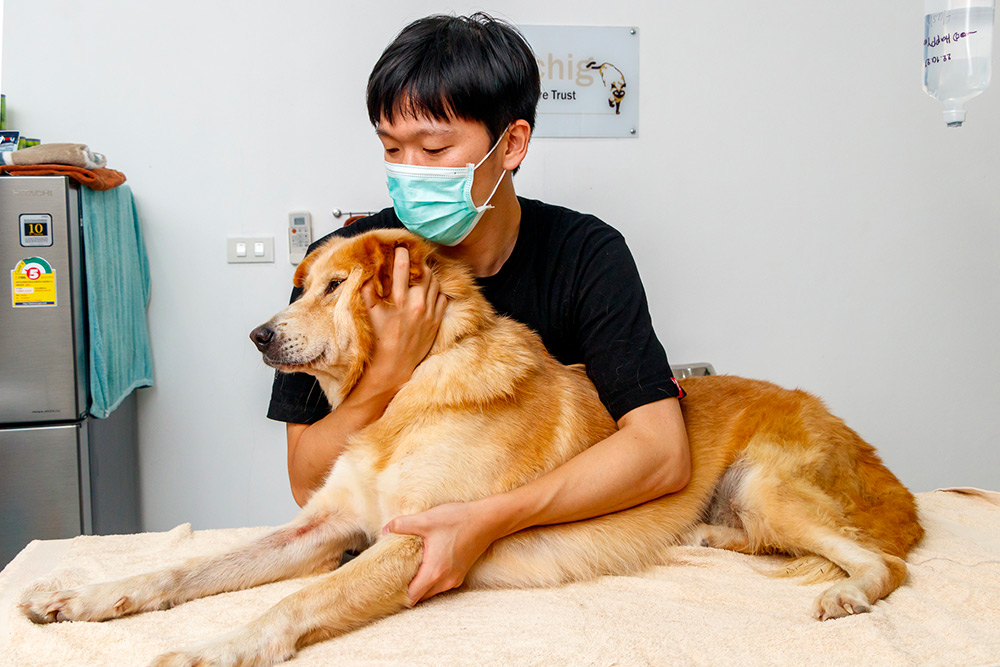
Restraint is required during emergencies, grooming sessions, and veterinarian appointments to ensure dogs’ safety and appropriate care. Calm handling eases tension and preserves the dog-handler relationship. Reducing stress in these circumstances ensures the dog’s well-being and makes the experience more enjoyable for all parties. It also keeps the dog cooperative and peaceful.
Choosing the Right Towel

- Size: Select a towel big enough to gently wrap around the dog and provide for safe immobilization without being overly constricted.
- Material: Choose a soft, absorbent material such as cotton to ensure the dog’s comfort and the owner’s ease of handling.
- Prevent Fraying: Choose a towel with tightly bound edges to avoid fraying, which can cause threads to tangle and endanger the dog’s choking.
- Cleaning Ease: Considering that a towel may become soiled when used for veterinarian or grooming treatments, choose one that is simple to keep clean.
- Non-Slip: Make sure the towel is non-slip to keep it from slipping about when the dog is restrained, giving the handler and dog stability and safety.
Step-by-Step Guide: Restraint Process
Step 1: Approach and Calm the Dog
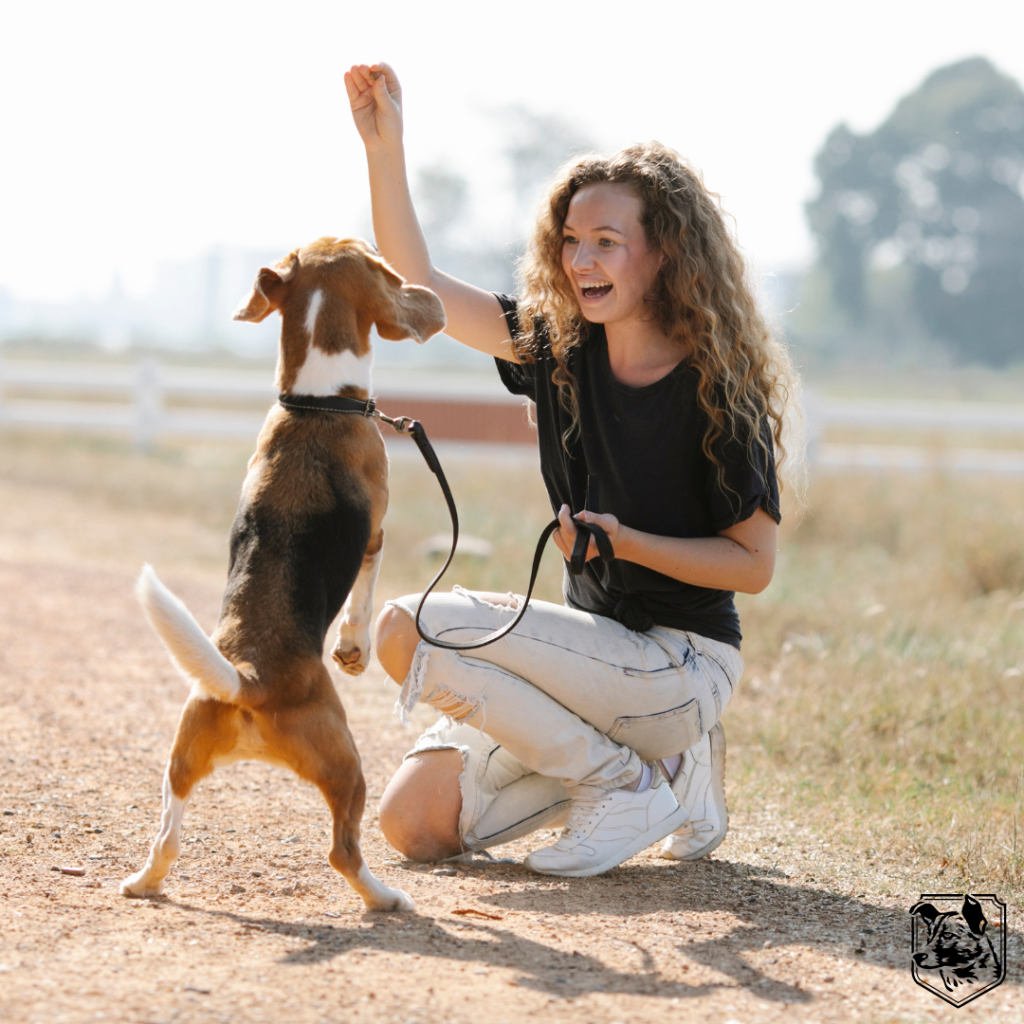
To prevent frightening the dog, approach carefully by taking time and speaking quietly. Use soft gestures and give treats to build rapport and create a cozy atmosphere. Take care of the dog’s boundaries and let them approach you at their own pace to establish a strong bond built on certainty and mutual trust.
Step 2: Folding the Towel
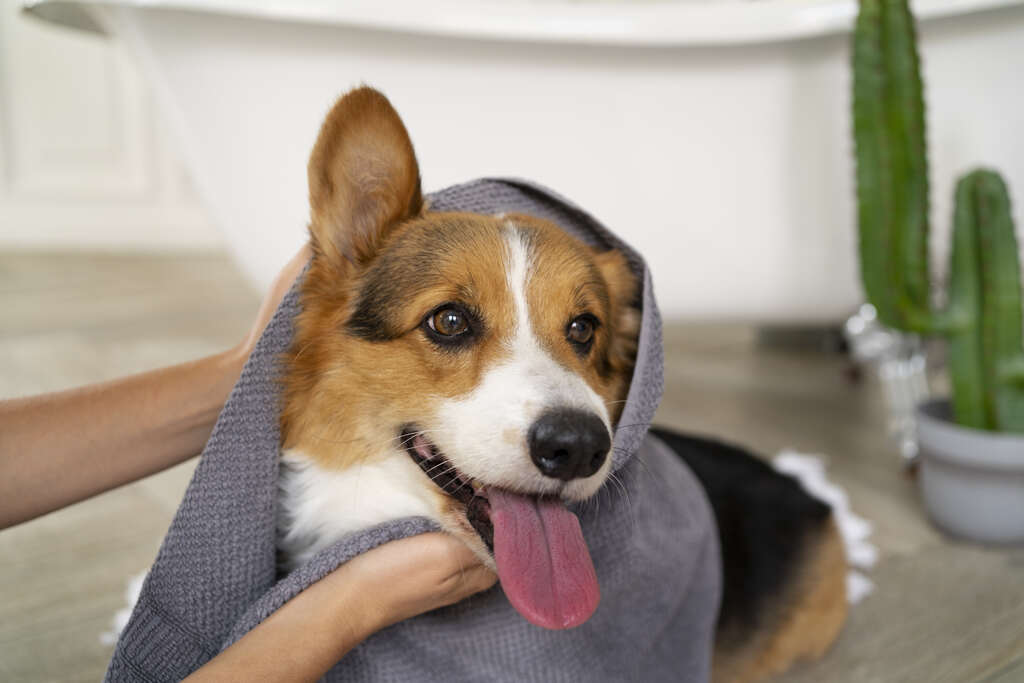
First, lay the towel flat to determine how to fold it for dog restraint. To form a triangle, fold one corner toward the center, then the other. With the ends wrapped around the dog’s neck and back, place the triangle’s widest point beneath its chest.
Ensure enough space for comfortable breathing and movement; thus, the towel should be snug but not too tight. The dog won’t be able to escape because the towel is folded tightly, which reduces tension. The dog and the person will experience calmness and safety thanks to this technique.
Step 3: Wrapping Around the Dog
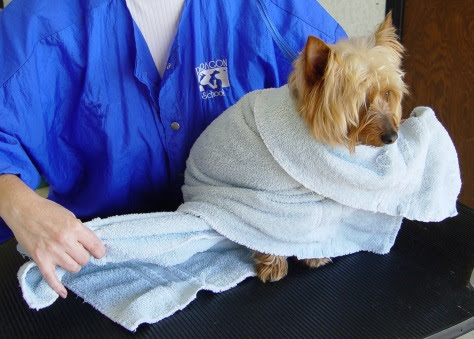
Let’s wrap the broadest section of the towel across the dog’s chest around their back to begin wrapping. Cross the ends below and around the torso before gently bringing them around their neck. Make sure the towel covers the head so that it forms a snug but cozy embrace.
To make sure that the dog can breathe and move freely, adjust the towel to wrap around the dog securely but not too tightly. This technique ensures comfort and safety while covering important areas during restraint.
Step 4: Holding and Maintaining Control
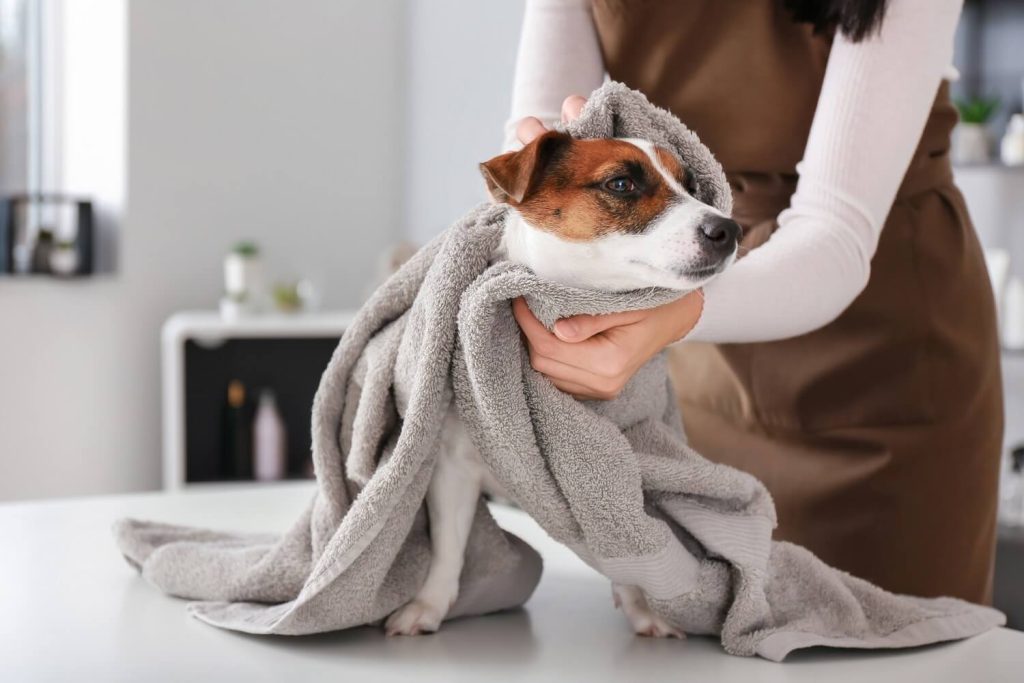
Securing the towel over the dog’s neck and body without causing constriction requires a tight grip on both ends. Retain control by giving the dog enough leeway to breathe and adjust comfortably while maintaining a firm but soft hold. Avoid pulling or tugging suddenly since this may be upsetting or unsettling.
Instead, to keep the dog quiet, Restrain a Dog, speak to him soothingly and offer comfort. To ensure they feel secure and supported, pay close attention to how they respond and modify your grasp as necessary. This method puts the comfort and welfare of the dog first in every circumstance, ensuring effective restraint.
Step 5: Releasing the Dog

After securing the dog in the towel:
- Begin by carefully undoing the ends around their neck and torso to correctly release them.
- Unwrap the towel gradually and comfort the dog with soft pats and soothing words.
- Note any signs of relaxation in their body language before taking off the towel entirely.
- Ensure everything is quiet so as not to frighten the dog with unexpected movements.
This systematic strategy upholds their confidence and comfort, strengthening favorable encounters with self-control. By conducting the process with patience and respect, you can guarantee that the dog will feel safe and at ease during the entire treatment.
Tips for Success
- Know the Dog: Recognize each dog’s temperament and modify your approach based on its level of anxiety, excitement, or calmness.
- Exercise Patience: Give yourself plenty of time to establish trust and let the dog become used to the restraint technique.
- Use sound Reinforcement: Give treats or praise for calm behavior to strengthen good associations.
- Think About Size: Modify your method according to your dog’s size, ensuring the towel fits snugly and pleasantly.
- Keep Calm: Maintain your composure to aid in the dog’s relaxation while being restrained.
- Consult a Professional: If you’re unsure how to restrain a pet, ask a trainer or veterinarian for advice.
- Watch Breathing: Throughout the procedure, make sure the dog can breathe easily and freely.
- Safety First: Put safety first at all times by avoiding abrupt movements and keeping your composure.
Conclusion
Using a towel to restrain a dog is essential for handling them securely in various settings. To build trust:
- Start by carefully folding the towel and gently approaching the dog.
- Wrap the towel over the dog’s body to ensure comfort and security.
- Keep everything under control while allowing for normal breathing and movement with a light grasp.
When it’s time to let go, Restrain a Dog, release the dog gently and watch for indications that it’s starting to relax. This approach makes a strong bond based on confidence and assurance between the dog and the handler and guarantees the dog’s safety and comfort.
Frequently Asked Questions (FAQ’S)
What kind of towel is best for tying down a dog?
To promote comfort and ease of handling, use a cotton towel that is soft and absorbent.
How should the towel be folded for securing a dog?
To securely wrap the dog, fold the towel into a triangle and place the broadest part under the dog’s chest.
To what extent should the towel encircle the dog?
The towel should be snug but not tight to ensure pleasant breathing and movement.
What happens if the dog gets tense while being restrained?
Before moving forward, carefully approach the dog and provide it with mild reassurance to help it relax.
Is it possible to utilize this technique on any dog of any size?
To ensure safe and effective restraint, adjust the towel’s size and your technique according to the dog’s size.
